Will an EV truck ever tow an RV?
Why I think the Ford F-150 PowerBoost is better than an EV Lightning for towing
Dear Readers,
While Ford is busy promoting the F-150 Lightning as the next new truck, I’m not sure that any EV truck is ready to tow a full-size RV trailer, just yet. But I think that a Hybrid Gas/Electric truck is a great option for the next 5 to 10 years until the electrical grid and battery technology improves a bit. It will happen, but perhaps not as soon as the television commercials would lead us to believe.
Enter the F-150 PowerBoost with 7.2kW generator
But many of you know, Ford loaned me an F-150 PowerBoost for two weeks a year ago, and I loved it!
In addition to some basic towing tests with my Rockwood GeoPro toy hauler, I also performed a number of tests on the truck to see exactly how its built-in 7.2kW 120/240-volt generator performed under real-world conditions. And if the ProPower generator is connected to your house service panel with the correct kludge cable (that I’m designing), an F-150 PowerBoost truck could save your life in a power outage from a snowstorm or other weather induced blackout.
What have I learned so far?
Ford’s documentation and dealer training on the operation of the PowerBoost generator is pretty limited, so I ran my own tests in the back lot of my FunkWorks Lab. Now, this wasn’t a fully documented experiment of all possible powering situations—which could takes weeks on its own. But I did learn a few interesting things.
And I also needed to make test drives from Maryland to Goshen, IN, and Maryland to Nashville, TN, and back, so there was limited generator testing. But I now know the basics of how the ProPower generator works and what it can power in an RV.
Just the basics
The F-150 PowerBoost truck has a ProPower 7.2kW Inverter generator option that includes a pair of 20-amp, 120-volt duplex outlets as well as a twist-lock 30-amp, 120/240-volt outlet in the bed. There’s also a courtesy 20-amp, 120-volt outlet on the dashboard—which is really handy for powering your laptop computer or whatever.
There is a 1.5kWh battery under the back seat which shares duties providing electricity to the 35kW traction motor when you’re driving around town with the gasoline engine shut off, as well as powering the 7.2kW inverter generator automatically.
Note that this is a Hybrid version of the F-150, so its main power plant is a 3.5L twin-turbo V6 engine. I haven’t been able to get a loaner F-150 Lightning for testing, which is the all-electric version of the truck. And the PowerBoost doesn’t include a Bi-Directional charger like the Lightning does.
We hear a lot of buzz about the Lightning, but I believe that the Hybrid PowerBoost F-150 truck is a great interim solution for towing and powering small- to medium-size RV trailers until the USA charging infrastructure catches up in a few years. And certainly, self-propelled RV trailers are now in the works.
So what do I need to plug in an RV to the ProPower 7.2kW generator?
It’s really very simple. You just use the twist-lock 30-amp receptacle in the bed of the PowerBoost truck, just like any other 7,000-watt generator. It does indeed make 120/240-volts with a bonded neutral, so you just need an off-the-shelf 4-prong dogbone adapter.
There’s a selection on the main video screen of the PowerBoost truck that allows you to turn on the generator, monitor the power, and reset the built-in GFCI protection. That’s the only real caveat with the ProPower generator, as the GFCI can interfere with using this truck to provide emergency power to your house. But I may have a workaround later.
Powering your 50-amp RV from a PowerBoost truck
Just buy a quality dogbone adapter with 4 prongs on the generator side for a standard 7,000-watt split-phase generator. Make sure you get one with the female outlet side having a standard NEMA 14-50 receptacle—just like a campground 50-amp pedestal. So, plug the dogbone adapter into the twist-lock outlet in the bed of the truck, and plug your 50-amp shore power cord for your RV into the 50-amp outlet on the dogbone adapter.
That’s exactly what I did for the Airstream Rally in Lebanon, TN, last July. Interestingly, a few of the bystanders told me I was going to fry the Airstream by plugging into the 240-volt outlet, and suggested that I “talk to the NoShockZone guy about this.” 😆
But, hey… I AM the NoShockZone guy and I had already tested this outlet for proper voltages, so it worked perfectly.
Powering one or two 30-amp RVs from a PowerBoost Truck
That’s equally simple once you get the proper dog-bone adapter. In this situation you just need to add a NEMA 4-15 male to double 30-amp TT adapter. So you first plug in a twist-lock 30-amp generator to RV 50-amp adapter, and then plug the 50-amp male to double 30-amp outlets to that. I haven’t found a single dogbone solution yet, but there’s probably one out there.
Now you can plug in one or two RVs to your PowerBoost truck, and it will easily power both trailers for several days on a single tank of gasoline. I tried this in my own backyard and it worked perfectly for an entire day.
Why does this work?
The twist-lock receptacle in the bed of the F-150 is a standard 120/240-volt Split-Phase outlet just like a 50-amp pedestal is supposed to be wired. Note that it does have 2 poles with 120 volts each, and when wired properly it can provide either 120 volts (1-pole) or 240 volts (2-pole).
This is exactly how your own residential wiring works, since a house will have a mix of 240-volt appliances like an electric water heater and oven, as well as dozens of 120-volt receptacles in your rooms.
RVs are a little different in that they generally don’t use 240-volt appliances, so everything in your RV uses a 1-pole, 120-volt connection. But because you have two separate poles in a 50-amp outlet, you actually can use 50+50 amps at 120 volts. So that’s really 100 amps at 120 volts of available current. At least that’s how it works in the USA…😁
Powering your house from an F-150 PowerBoost
While Ford says this won’t work, I know better (I think). One of the challenges in connecting the 7.2kW genererator in the PowerBoost truck to your house service panels, is that the generator is not only Neutral/Ground Bonded, it also has a GFCI that can’t be turned off. So that will create an instant GFCI trip situation rendering it useless for this application.
But I think that you just need a short kludge cable with a 14-30P to 14-30R plug-set with a EGC ground lift. I’m 99% certain this will allow an F-150 PowerBoost with the 7.2kW generator to power your house for the better part of a week on a single tank of gas. But I need to test this myself to be sure.
You also need a transfer switch or generator breaker lockout
There’s a lot of ways to get the power from a PowerBoost generator or any other 120/240-volt generator into your residential service panel, and that’s an entire article on its own. I’m also testing the new SoftStartHome controller on home heat pumps for 7kW generator operation, so the F-150 PowerBoost could be a great alternate emergency power source. Not a week goes by without hearing about an extended weather related power outage somewhere, so it’s time to get some backup power.
But Ford has promised me another F-150 PowerBoost loaner for at least a week soon, and I’ll do several test/demonstrations to provie my hypotheses. And you’ll hear about it works here first.

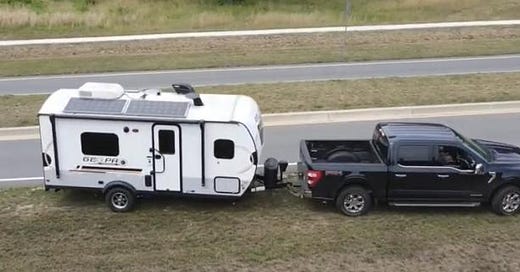



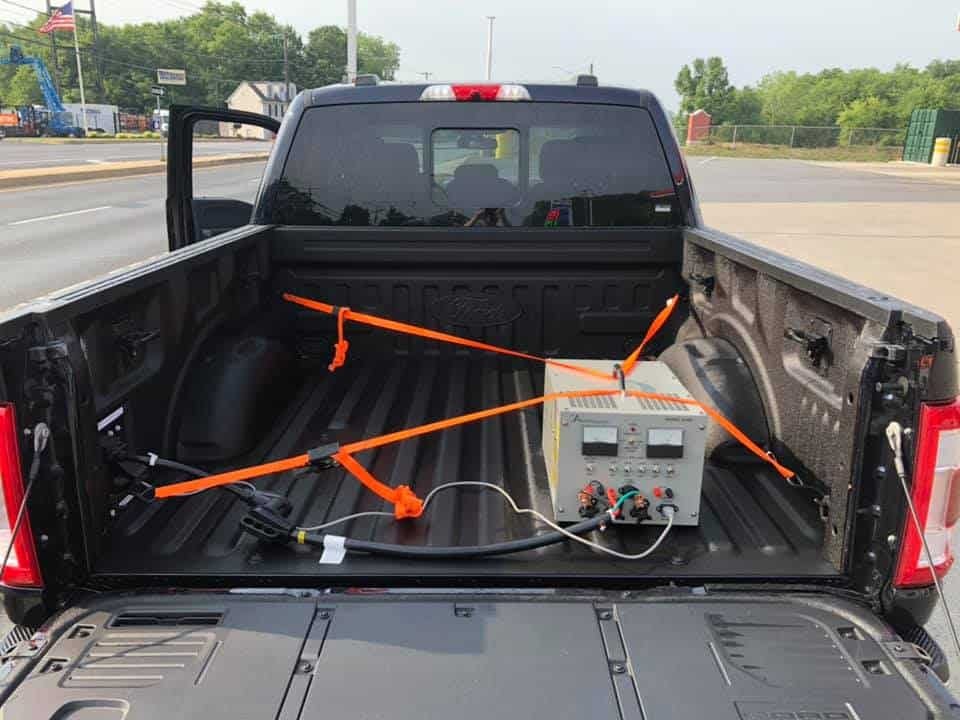
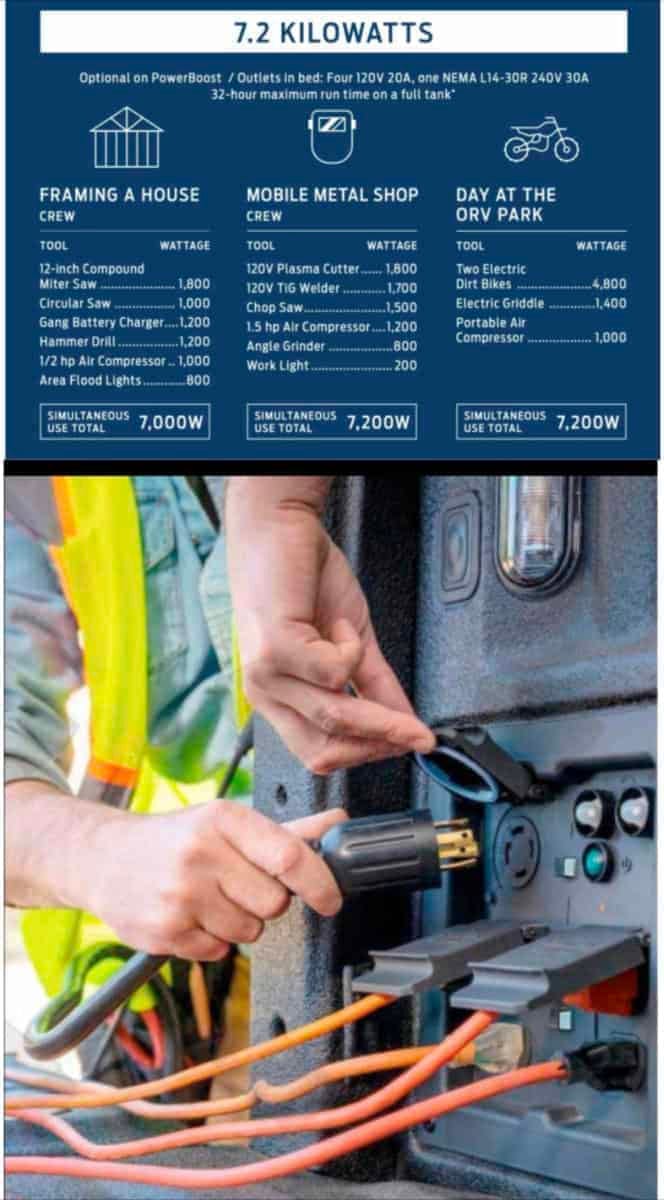
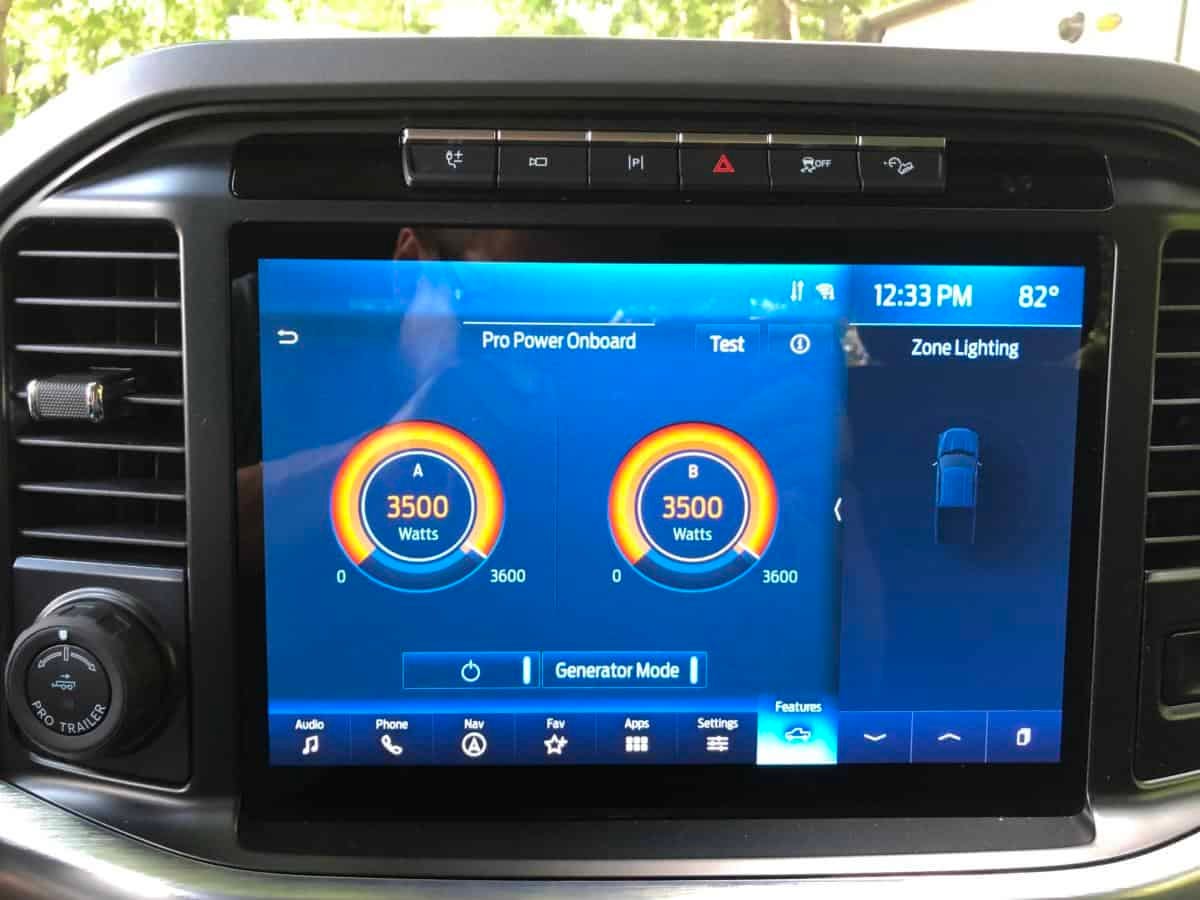
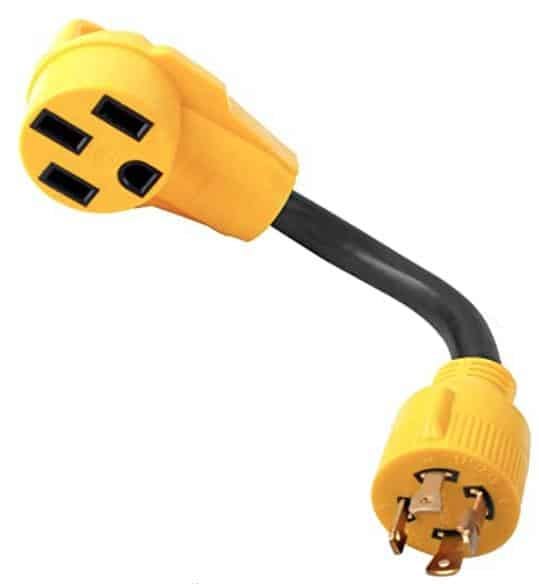

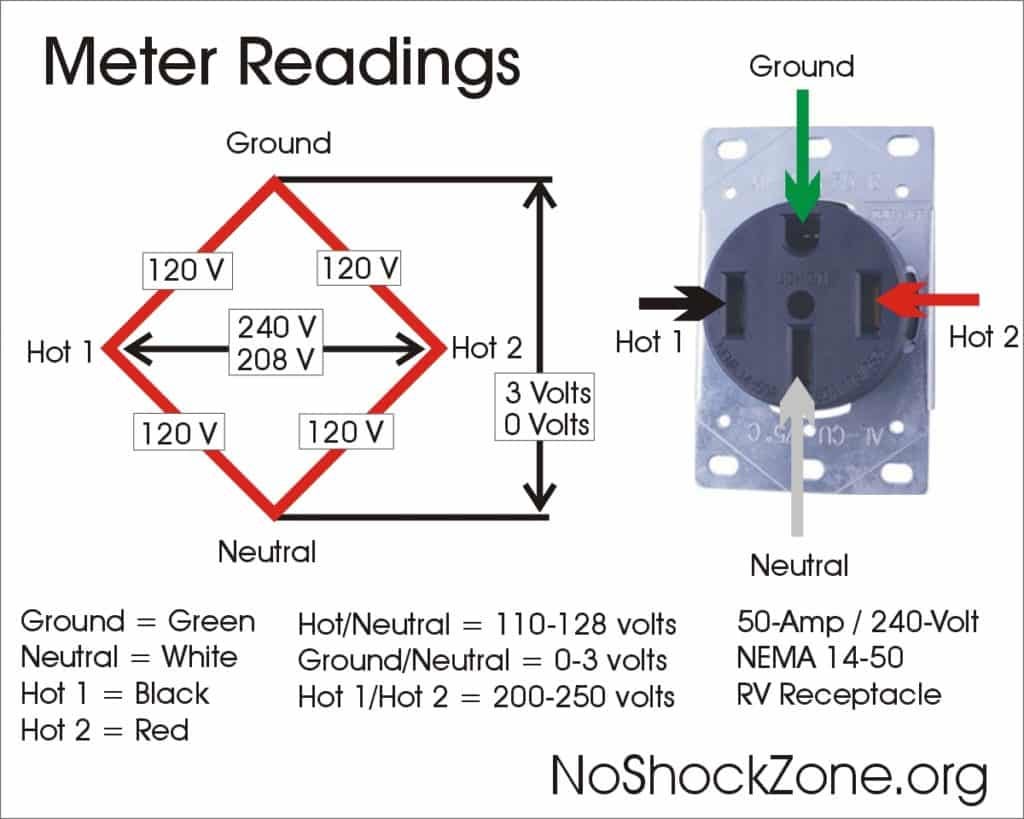



I believe it’s because the PD Converter/Charger is wired with its own Neutral/Ground Bond. If that’s the case then you need an L14-30 M-F adapter with the ground lifted. I believe that Reliance makes them as special adapter for this truck, but let me talk to my guys at Progressive Dynamics and Reliance to confirm.
@mike - any idea why my 50a RV's Progressive Dynamics PD9260CV Converter/Charger is causing a GROUND FAULT trigger on my F150 PowerBoost, ProPowerOnBoard (PPoB), 7.2kw generator? Everything works fine (powered by the F150) as long as I keep the circuit breaker to the converter/charger switched off.